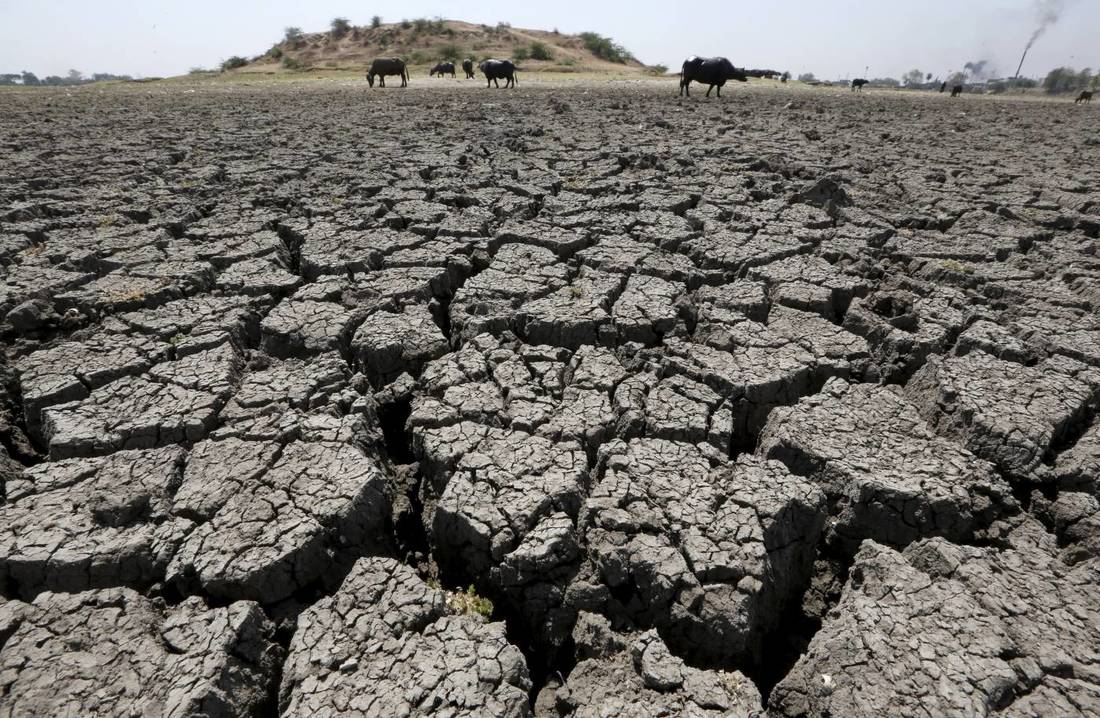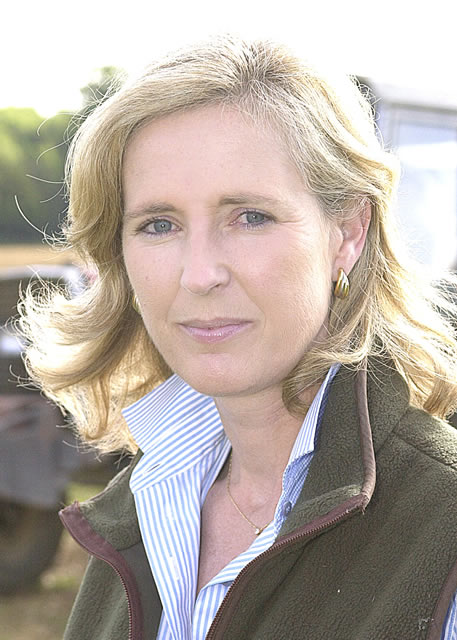
All except for Weir Wood, are now only half full. Rumour has it that both Southern and South East Water are in the process of making contingency plans to put in place drought orders, if levels do not rise soon.
The last reservoir to be constructed in Sussex was Arlington in 1985. Others, such as Ardingly was constructed in 1979, Darwell near Mountfield in 1949, and Powdermill, a former gun powder manufacturing site, around 1930. Now in the 21st Century, as far as I am aware, no new reservoirs are planned let alone in the process of construction.
The low levels in the reservoirs are undoubtedly related to the lack of rain, but also the considerable increase in the population of Sussex, and the notable increased use of water per person, compared to some thirty years ago.
In 1970, 350,000 houses were built nationwide, from then to the present day over 8 million homes have been constructed, including around 150,000 last year. It is worth noting that the South East has taken more than its fair share.
The demand for additional housing in Sussex to accommodate both locals and migrants, is putting local councils and planners, under increasing pressure to allocate suitable development sites.
Amongst the requirements before consent is granted are reports on: highway suitability, flooding risks, sewage capacity, environmental reports, local’s objections, the presence of bats or Great Crested newts. Also in many cases getting past the bureaucracy of the South Down National Park planning department. There is not however, a requirement to ensure there will be an adequate water supply.
The last time we had a hose pipe ban in South East England was in 2012 following, ‘the driest March since 1910’. In 1976 the drought brought standpipes and shared baths, and James Callaghan appointed a Minister for Drought, the infamous Denis Howell. Almost immediately following his appointment it began to rain on the August Bank holiday, and by October things were back to normal.
During these notable water shortages the government and local authorities were concerned enough to look into finding suitable sites for new reservoirs, and also looked into piping water to the South East from Wales! However, other than Arlington, no additional work has begun.
Today the population in East Sussex is around 530,000, West Sussex 807,000 and Brighton and Hove 282,000, giving Sussex a grand total of approximately 1,619,000. I think it would be safe to assume we are today using a great deal more water than we did thirty years ago.
It would be interesting to know what plans are in place to ensure there is an adequate water supply for not only the current population, but also for the additional housing being constructed now, and those in the pipeline.
Forward planning is a good idea, so perhaps in the event that no new capacity or reservoirs are about to materialise, Mrs May should appoint a Minister for Drought who may possibly have the same effect on topping up the reservoirs as did Denis Howell!
A friend of mine’s elderly aunt who is 92, has dementia and has been bed ridden for several years. She was recently rushed into hospital from her care home following a heart attack.
Not so very long ago this lady would not have been sent to A&E, she would have received a visit from her GP, who would have ensured that she was made comfortable, and her family would have been informed that her days were numbered.
In the case of my friend’s aunt, the family received a call from the hospital informing them that the patient was now out of danger, and was resting comfortably having been fitted with a pacemaker. No wonder social services and the NHS are in trouble. Not to mention our elderly relatives.

 RSS Feed
RSS Feed